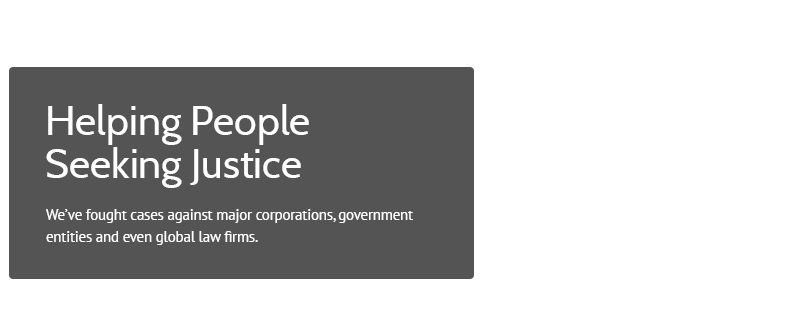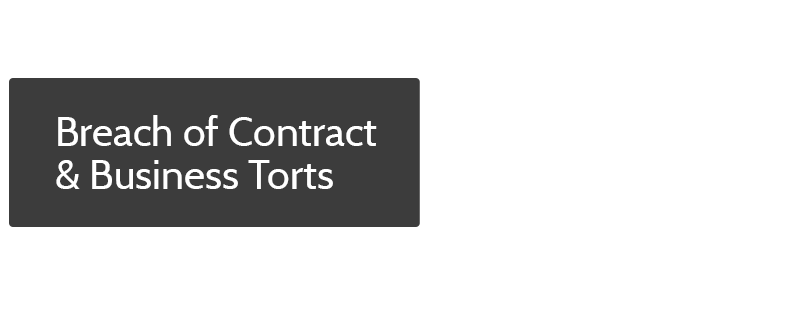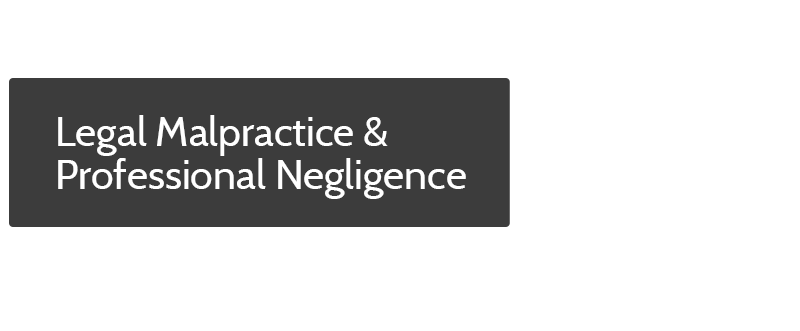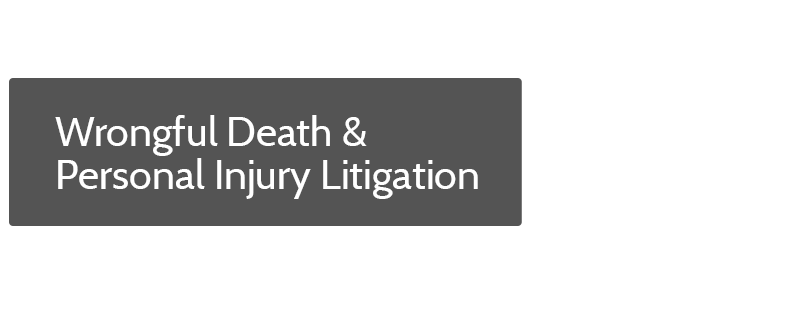The Landlord’s Historical Liability for Defective Rental Property
HISTORICALLY, LANDLORDS HAD LITTLE LIABILITY FOR DEFECTS IN RENTAL PROPERTY
In the past, landlords generally had little liability to tenants if defective rental property resulted in injury to tenants or their families and guests. Old laws imposed no duty on landlords to make rental properties safe or habitable, because the tenant–not the landlord–had primary possession and control of the property, and the negligence liability laws based liability on “possession and control” of land.

HISTORICALLY, THE LANDLORD’S LIABILITY WAS PREDICATED ON KNOWLEDGE OF THE CONDITION
Under the law as it used to exist, injured tenants could not recover from the landlord unless they could prove that the landlord:
1. Knew about the dangerous condition and used fraud to conceal its existence; or
2. Promised to repair the dangerous condition (or defect) but failed to do so; or
3. Made repairs to the premises which resulted in a dangerous condition or failed to properly repair a defect which created a pre-existing dangerous condition of the type the landlord’s repairs were intended to mitigate.
Basically, the law held that although a landlord had no objective duty to keep the premises in habitable condition, if the landlord knew about or agreed to repair a dangerous condition, (s)he had a duty to do so with reasonable, ordinary care.
Landlords were also held liable for failure to ensure that the rental property complied with applicable safety laws and failure to maintain the common areas in reasonably safe condition. This is because compliance with laws affecting the building as a whole and maintenance of common areas fell within the legal concept of “areas under the landlord’s ongoing control.”
MODERN LANDLORD-TENANT LAW EXPANDS THE SCOPE OF THE LANDLORD’S LIABILITY
The old rules granting landlords broad immunities were changed in 1968, in Rowland v. Christian (69 C2d 108, 70 CR 97). In Rowland, the California Supreme ruled that a landlord’s premises liability should be governed by “ordinary negligence principles,” meaning that the landlord’s lack of immediate control over the premises was no longer a bar to the landlord’s liability for defective conditions in rental property.
Landlords are not absolutely liable for every dangerous condition or injury which occurs on rental property. However, landlords are now held to a duty of ordinary care in management and maintenance of rental property (with additional duties applied in certain circumstances).
In the weeks to come, we’ll take a closer look at the landlord’s liability for injuries occurring on rental property, when the negligence rules apply, and what duties a landlord may (or may not) owe to tenants and others who enter the rental premises.
***
DISCLAIMER: This article is intended for informational purposes only, does not constitute legal advice to any person or entity, and does not create an attorney-client relationship with any person or entity. Landlord-tenant law, including premises liability, is a complex legal topic, and no single article can provide complete or comprehensive coverage or information about this or any other legal topic or issue. Your personal liability may differ, based on your individual facts and circumstances. If you believe you have a legal claim or issue, or wish to know more about your individual rights, consult an experienced attorney without delay.














